G-SHOCK’s Ultra-Durable GBDH1000 Will Make Sure You’re Prepared for Anything
With five sensors, you’d be hard-pressed to find a fitness-minded data point the GBDH1000 can’t track.
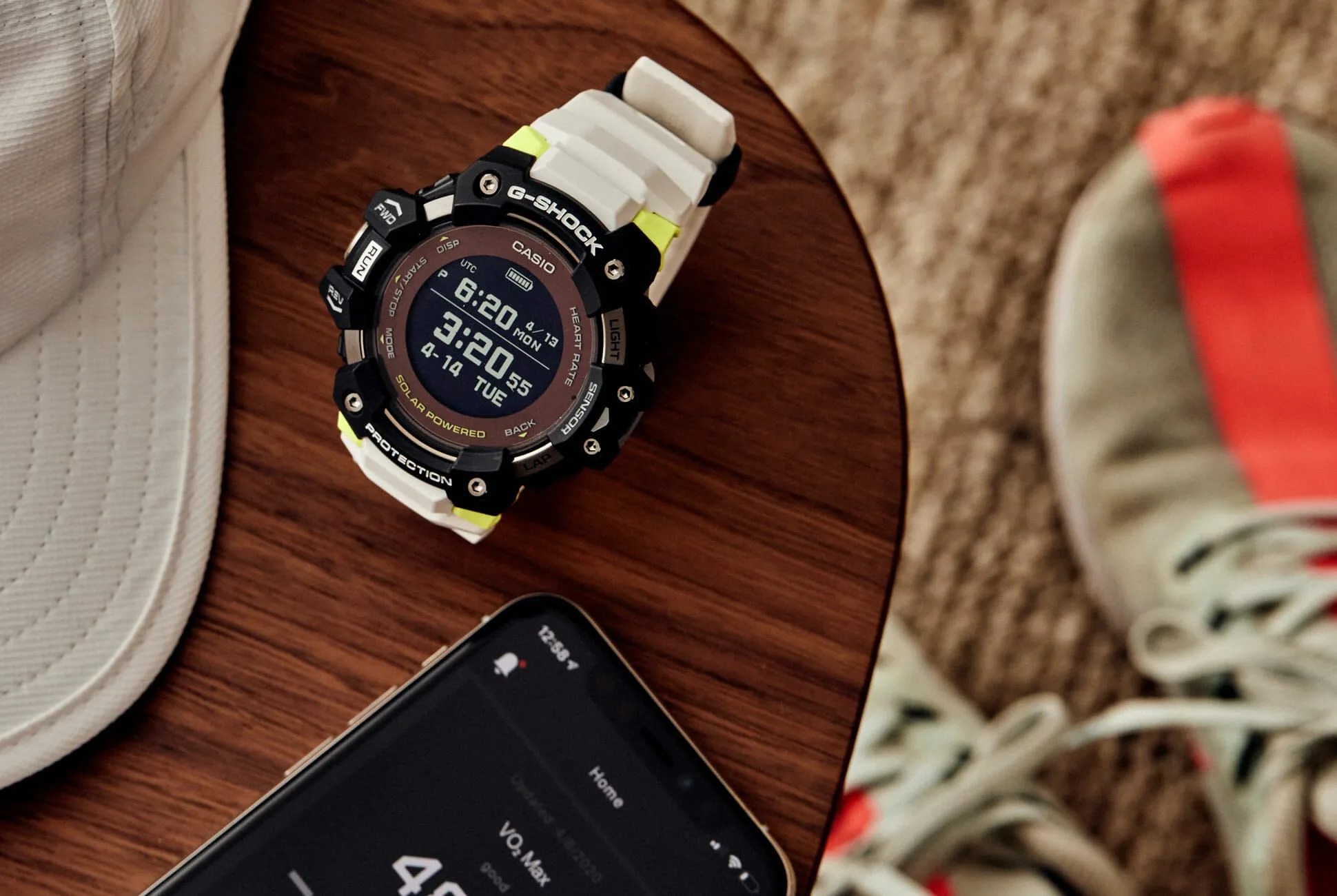
Optical Heart Rate Sensor
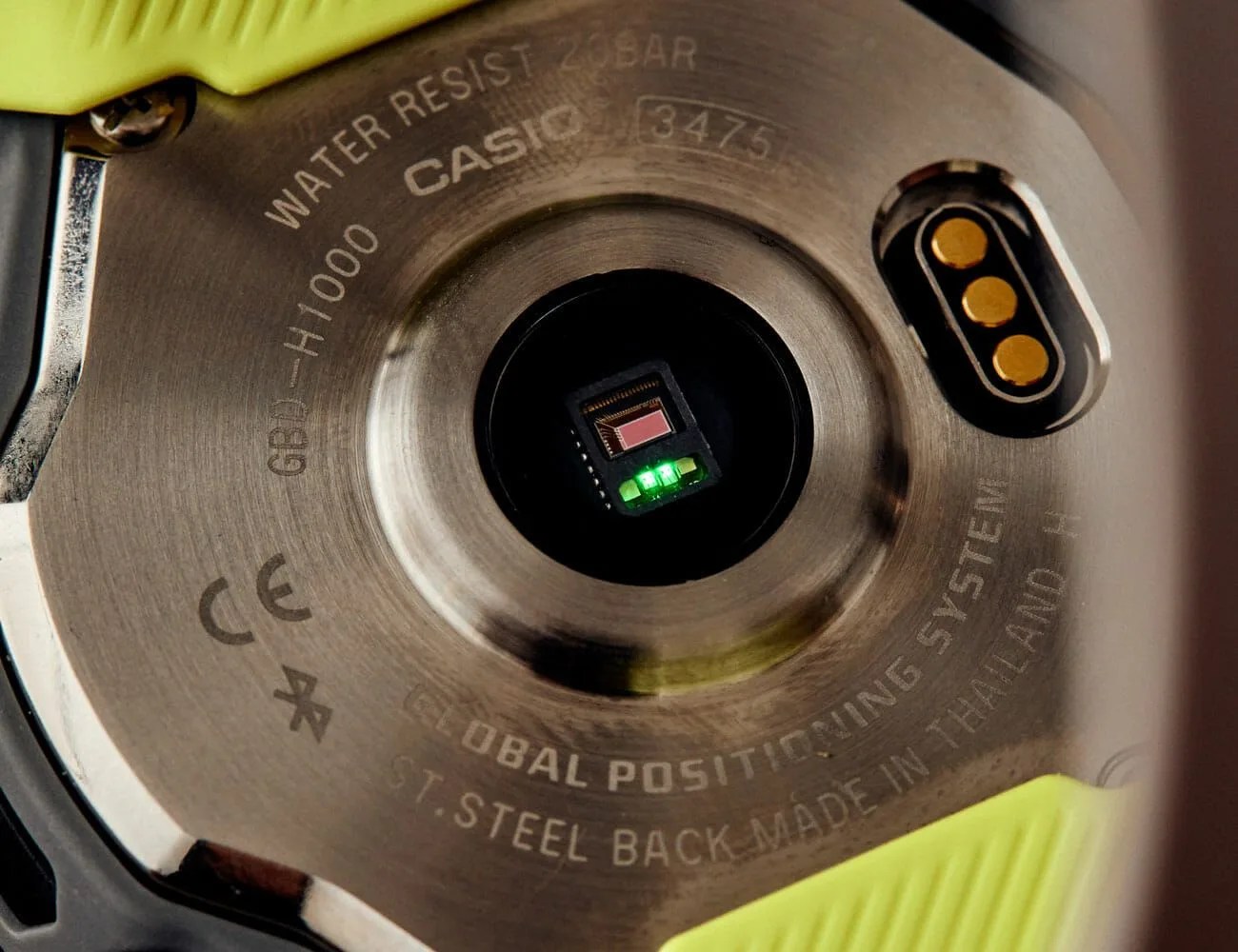 Henry Phillips
Henry PhillipsAt the core of any self-respecting fitness watch is an optical heart rate sensor, which works by measuring the blood flow beneath the skin of your wrist to determine your heart rate. This is the data that tells you to go harder or take it easier, and at the end of the day, that’s the key to unlocking a more effective fitness routine. For G-SHOCK, it was a must-have when designing a watch for the fitness crowd, and The GBDH1000 feeds you the data you’re looking for in real-time, giving you the option to train in specific heart rate zones or even calculate VO2max.
Plus, with the help of a clever algorithm developed in partnership with Firstbeat, fitness enthusiasts can see how effective their training was in the G-SHOCK MOVE App.
Big Data, Trim Package
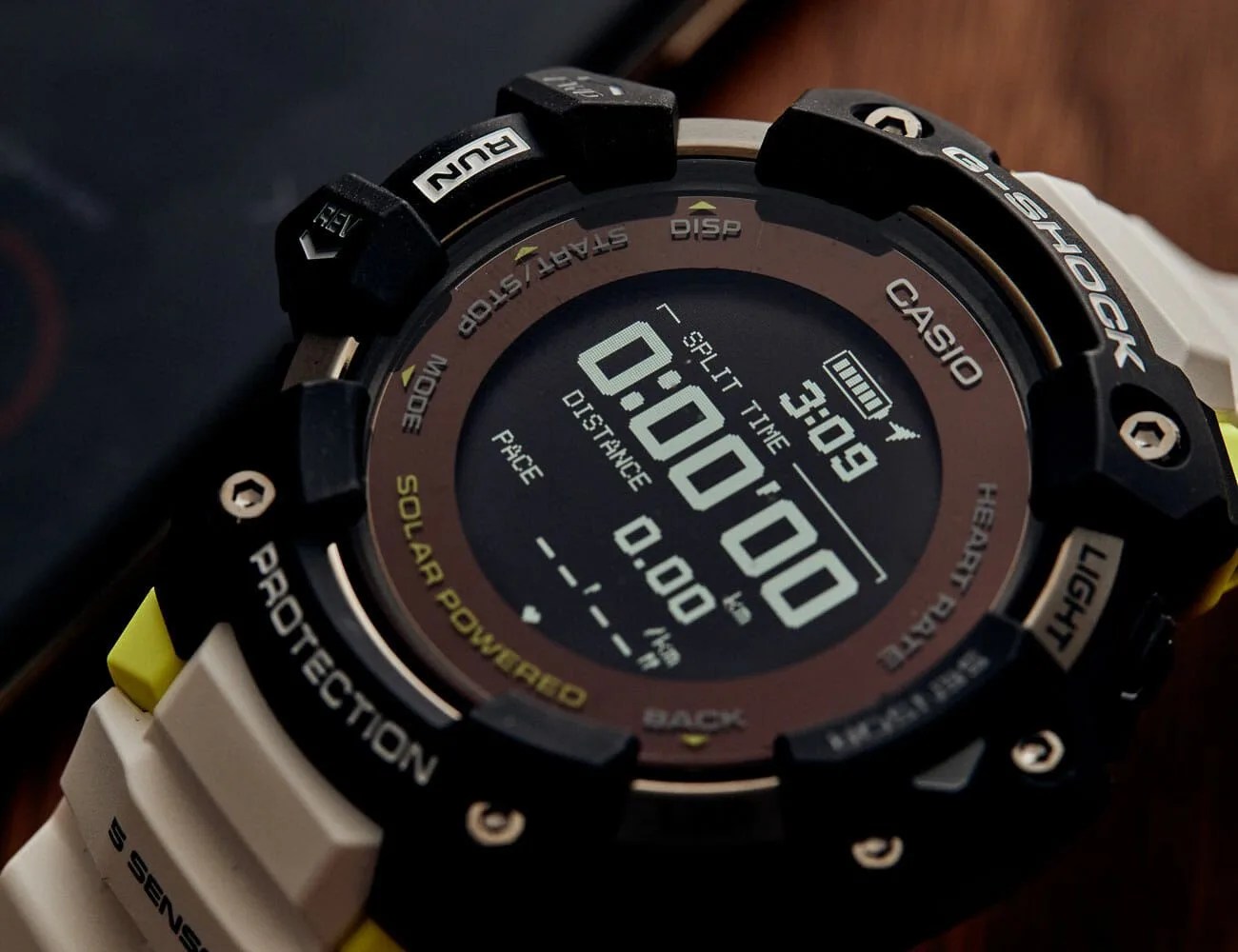 Henry Phillips
Henry PhillipsThe GBDH1000 packs a total of five sensors in its case — an amount of tech which, under normal circumstances, would result in a massive, almost comically clunky timepiece. This was one of the primary challenges faced by the design team at G-SHOCK; in order to create a fitness watch that would appeal to armchair athletes and future Olympians alike, the watch would have to remain slim. Whether you’re pounding out push-ups in the living room or heading out for a “social distancing” run around the neighborhood, the last thing you want strapped to your wrist is a big bulky watch.
Fortunately, the GBDH1000 remains right in line with the rest of the G-SHOCK lineup thanks to a little ingenuity from G-SHOCK’s design team. According to one team member, they were able to accomplish this through “the development and integration of a new watch LSI, which reduces the power consumption of the system and improves the efficiency of the solar cell. Also, this was achieved by multiplying the high-density mounting and exterior technology that G-SHOCK is known for.”
If that’s too much product-nerd lingo for you (this is Gear Patrol, after all), the main takeaway is this: For the first time ever, G-SHOCK integrated an optical heart rate sensor, Magnetic sensor (compass), Pressure sensor (altitude/atmospheric pressure), Thermo sensor (temperature) and a 3-Axis Accelerometer (step count/distance) without having to increase the size of the case by so much as a millimeter.
Battery Life
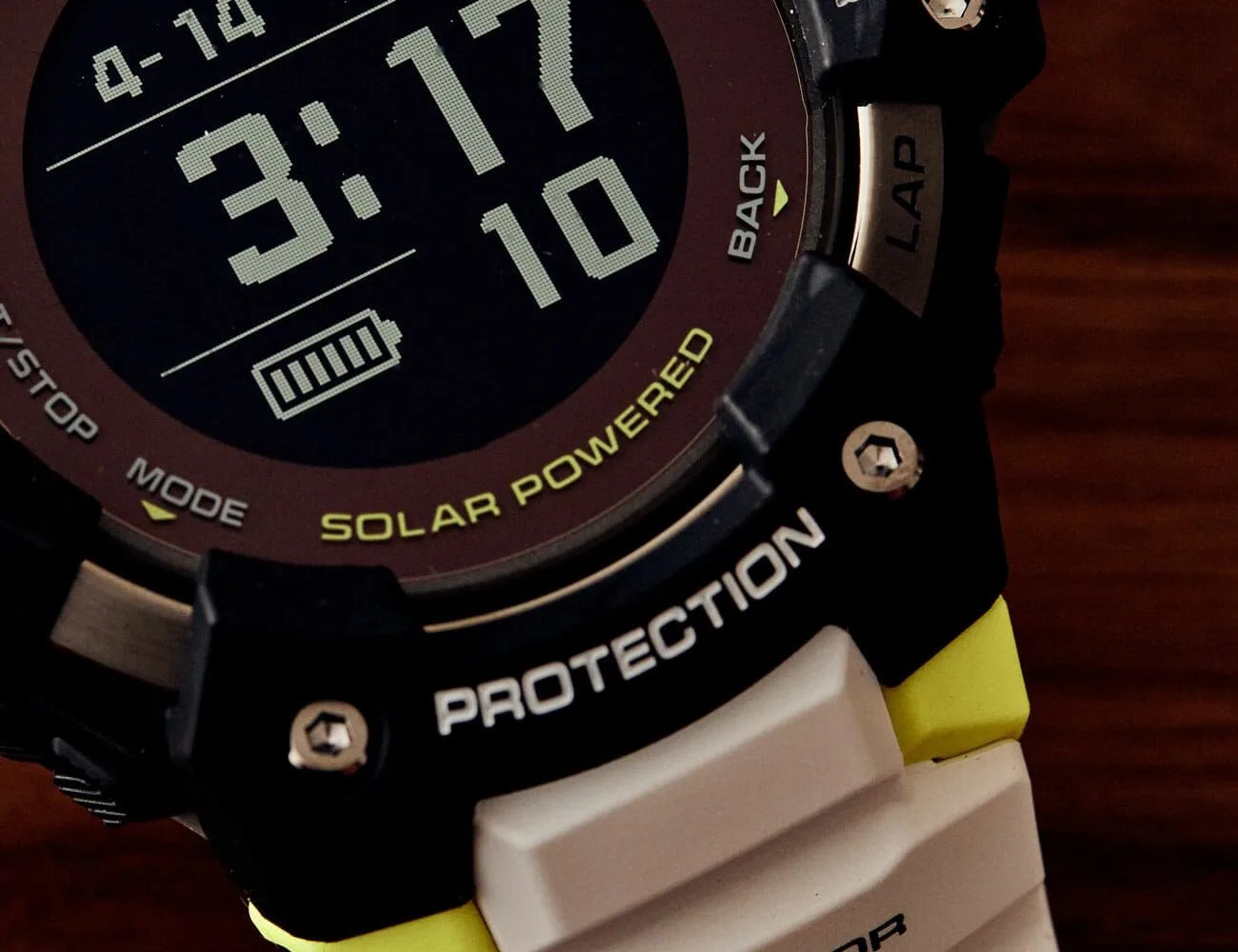 Henry Phillips
Henry PhillipsPerhaps the most impressive feature of the GBDH1000 is the battery life. Even when all of the fitness-tracking sensors are turned on, including GPS and optical heart rate, you’ll still manage 14 hours of battery life. That’s a staggering number, especially when you think about how long your phone battery lasts when you’re running its GPS.
And yet, that number still pales in comparison to how long the battery will last in Time Mode. This may sound obvious (Training Mode uses a lot more energy), but how G-SHOCK accomplished this is the interesting bit. Thanks to a solar cell, G-SHOCK was able to ensure that the GBDH1000’s battery life would last for 12 months.
G-SHOCK MOVE App
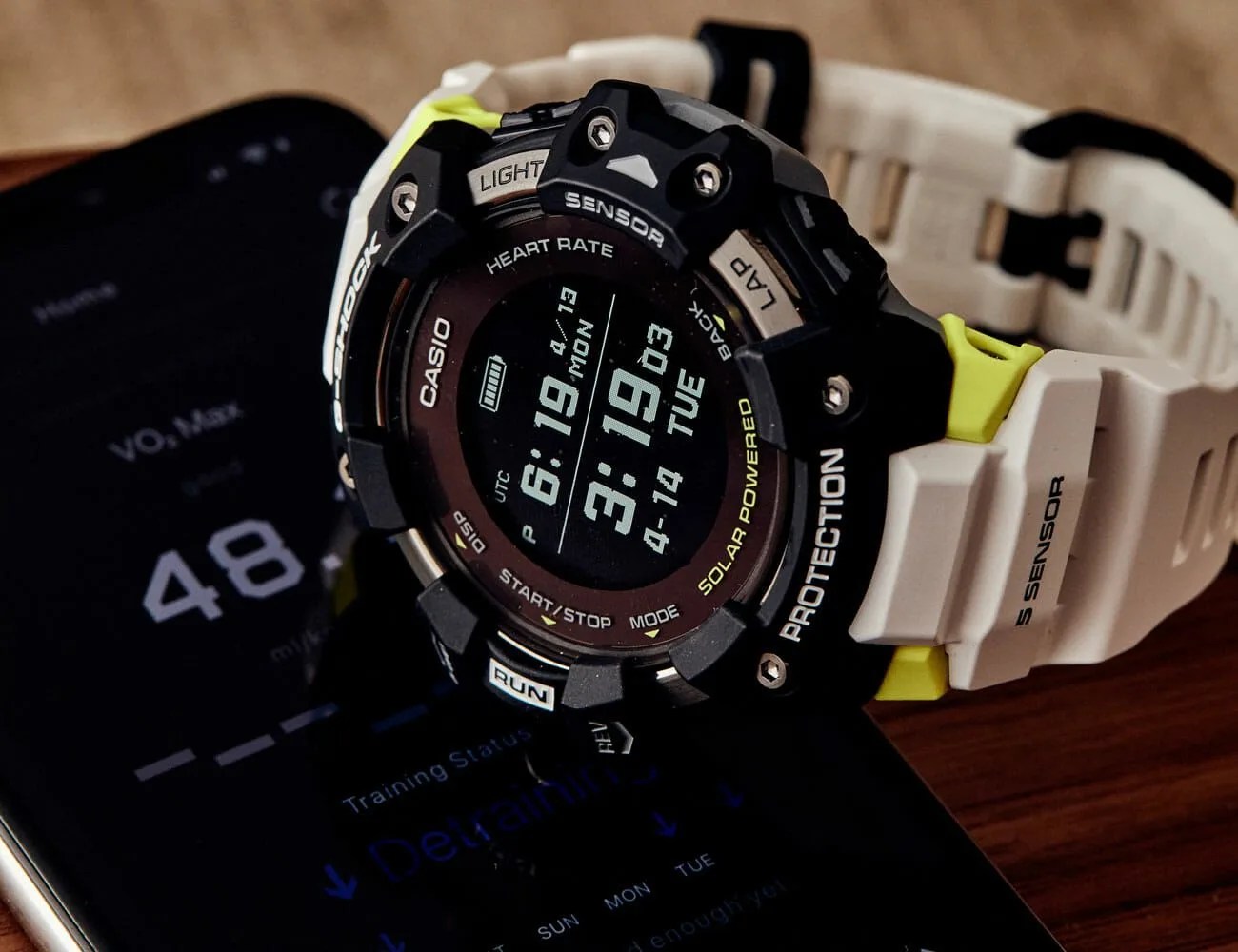
App imagery not final.
